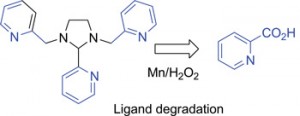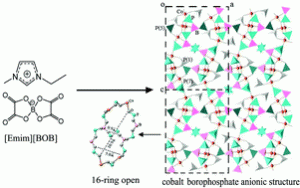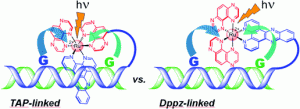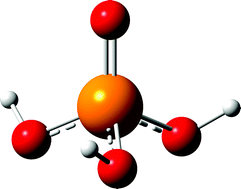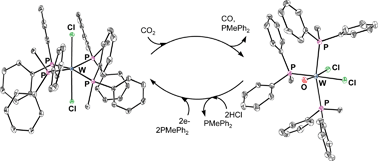The stunning city of Durham provided a picturesque setting for the 12th Dalton Discussion meeting (DD12) highlighting the highly topical field of Catalytic C-H and C-X Bond Activation. The meeting was a joint venture between the RSC’s Dalton and Organic Divisions. The organising committee for the discussion meeting, consisting of Phil Dyer, Ian Fairlamb, Sue Gibson (Organic Division), Peter Scott (Dalton Division) and chaired by Todd Marder, must be congratulated for a fantastic meeting rife with lively debate and high quality chemistry.
The conference brought together the organic, organometallic, a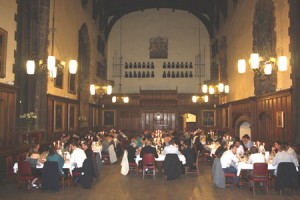 nd inorganic (coordination chemistry) communities from academia and industry to consider the current state of the art, the development and future of late metal-catalysed cross-coupling strategies of C-X and C-H bonds. The conference dinner took place in the unique surroundings of Durham Castle and the discussion continued long into the night!
nd inorganic (coordination chemistry) communities from academia and industry to consider the current state of the art, the development and future of late metal-catalysed cross-coupling strategies of C-X and C-H bonds. The conference dinner took place in the unique surroundings of Durham Castle and the discussion continued long into the night!
Obviously, discussion was a central element to this meeting both at the poster session and in the sessions themselves. Congratulations to Anne Germeroth (University of Edinburgh) for winning the Dalton Transactions Poster Prize with an excellent poster entitled ‘Reversible reactions across the M-C bond of lanthanide NHC complexes to form new N-E and C-E bonds’.
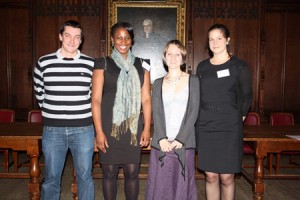 Congratulations also to the other poster prize winners at the meeting: Toritse Bob-Egbe (Imperial College London) who won the inaugural Catalysis Science & Technology Poster Prize, Julien A. Panetier (Heriot-Watt University) and Amanda Jarvis (University of York).
Congratulations also to the other poster prize winners at the meeting: Toritse Bob-Egbe (Imperial College London) who won the inaugural Catalysis Science & Technology Poster Prize, Julien A. Panetier (Heriot-Watt University) and Amanda Jarvis (University of York).
Look out for the DD12 themed issue which will be published as issue 43 Dalton Transactions at the end of October 2010. More information about the meeting itself can be found at the RSC Events webpage.
Have you any ideas for possible future topics for Dalton Discussion meetings? If so we’d be delighted to hear them, you can email us at dalton-rsc@rsc.org.
Perhaps you attended the meeting yourself or have been to a previous Dalton Discussion? Do share your experience by adding a comment below with your thoughts!
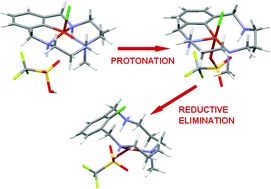 Molecular mechanism of acid-triggered aryl–halide reductive elimination in well-defined aryl–CuIII–halide species
Molecular mechanism of acid-triggered aryl–halide reductive elimination in well-defined aryl–CuIII–halide species 










